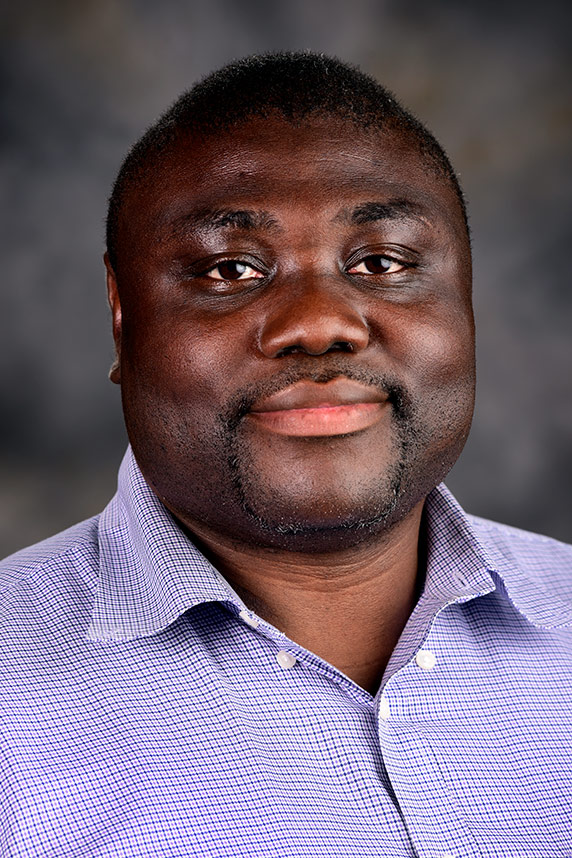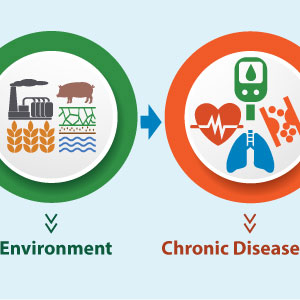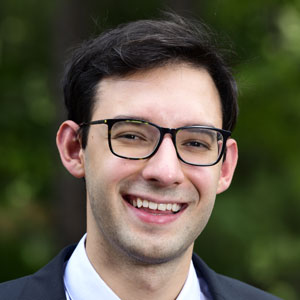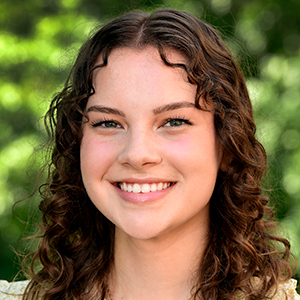Alison Motsinger-Reif, Ph.D., head of the NIEHS Biostatistics and Computational Biology Branch, helps scientists better answer questions related to genetics and the environment. On Jan. 10, she spoke to the institute’s Reproductive and Developmental Biology Laboratory about tools she has developed in pharmacogenomics and toxicogenomics. Those fields involve how genes affect a person’s response to drug treatments and toxins, respectively. Afterward, Motsinger-Reif sat down with Environmental Factor to discuss her research and her path to a career in science.
EF: Can you talk about some of your work at the institute?
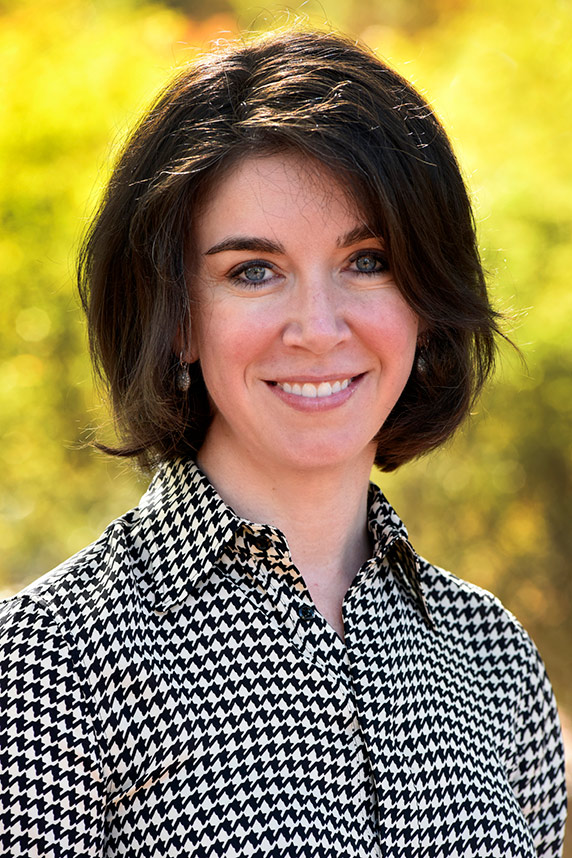 “This is an amazing branch with a history of really innovative work. The opportunity to work with folks here was really exciting,” said Motsinger-Reif. (Photo courtesy of Steve McCaw)
“This is an amazing branch with a history of really innovative work. The opportunity to work with folks here was really exciting,” said Motsinger-Reif. (Photo courtesy of Steve McCaw)AMR: One of the bigger initiatives we’re working on is doing statistical genetics work related to the Environmental Polymorphisms Registry. That registry is a cohort of individuals almost entirely from North Carolina — people who have donated DNA samples and responded to extensive questionnaires and surveys about their personal health, occupational risks, exposure to chemicals, and so forth. That data is being integrated with electronic health records, and right now, about 5,000 individuals’ DNA samples are being analyzed for whole-genome sequencing.
This is a rich project that will enable us to answer interesting questions about gene-environment interactions in human disease. Hopefully, we’ll be able to assess what proportion of the variation in risk for certain diseases is due to genes, environmental factors, or the interaction of both.
EF: You mentioned that you bring an interdisciplinary approach to your work. How did your background prepare you to do that?
AMR: I was always interested in science generally. In ninth grade, I scanned classified ads to see if any science jobs were available. I found a posting by two labs at Wake Forest University, near where I lived. They needed someone to clean glassware. I applied, and they hired me. One of the principal investigators I worked under, Dr. James Smith, was incredibly welcoming. He was my first mentor. I was slowly trained up from cleaning glassware to running my own experiments.
His lab worked on drug addiction research. So, by the time I left high school, I was getting to plan and run experiments on alcohol addiction in rats. And he let me join lab meetings and start giving presentations. He provided a significant amount of opportunities and responsibilities. From there, I knew that I wanted to be a scientist for a living.
EF: What did you do after high school?
AMR: I went to Vanderbilt University and majored in biological sciences. I found a job in the lab of a professor who worked on HIV/AIDS research. I published my first first-author papers and presented at national conferences, all as an undergraduate. Then I went to graduate school, also at Vanderbilt. I did lab rotations focusing more on the computational side of genetics, and I was hooked. I worked under Dr. Marylyn Ritchie, doing pharmacogenetics research.
Eventually, I was lucky enough to be offered a faculty position at North Carolina State University, straight out of graduate school. My position was in the statistics department, but my home was in the Bioinformatics Research Center, made up of faculty from statistics, genetics, and computer science. I was there from 2007 until December 2018, when I joined NIEHS.
(Jesse Saffron, J.D., is a technical writer-editor in the NIEHS Office of Communications and Public Liaison.)





